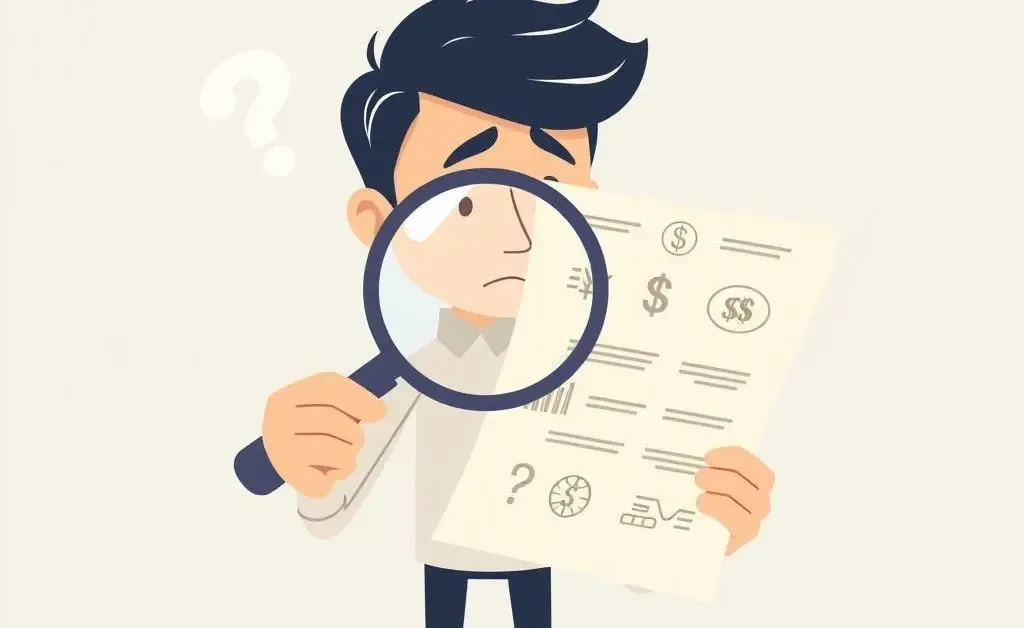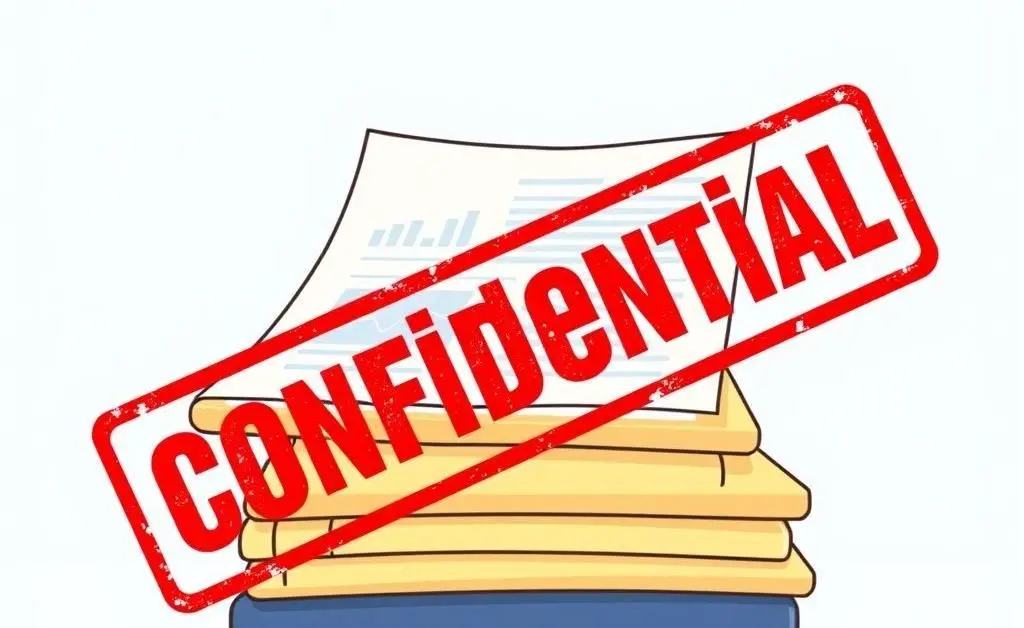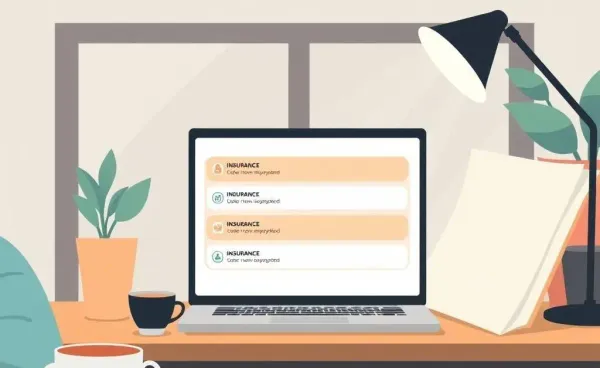Understanding CIFAS Markers: What They Mean and How to Deal With Them
Learn about CIFAS markers, their impact on your finances, and steps to address them effectively.

If you've ever been in the perplexing situation of having your bank account flagged, you might have encountered a CIFAS marker. While these markers are meant to protect against fraud, they can sometimes feel like a daunting puzzle to resolve.
What is a CIFAS Marker?
Let's decode this mystery. A CIFAS marker is a warning note attached to your name by one of the CIFAS members, which include most banks and financial institutions in the UK. It's part of a national fraud prevention strategy. While the intentions are noble, the reality can sometimes feel overwhelming when one crops up unexpectedly.

How Does It Affect You?
A CIFAS marker can impact your ability to open new accounts, apply for credit, or even borrow money. Banks consider this marker a red flag, indicating that there might be potential fraud risk associated with your account.
- Credit and Loan Applications: You might find your applications delayed or rejected.
- Job Prospects: Employers, especially in finance-related roles, might see this as part of background checks.
How to Check for a CIFAS Marker
You're maybe wondering how to find out if you have one. You can obtain a Subject Access Request (SAR) from CIFAS to get details about any markers attached to your name. Check the CIFAS website for more information and the application process.
Steps to Resolve a CIFAS Marker
If you discover that there's a marker on your account, don't panic. Here are steps to take:
- Gather Information: Understand why the marker was placed. Contact the organization that placed it for more details.
- Provide Evidence: If the marker is incorrect, compile documents or reports that support your claim.
- Follow Up: File a dispute if necessary and ensure all parties involved have acknowledged and are processing your information.

Staying Vigilant
Prevention is often the best policy. Here are some tips to stay ahead:
- Regularly check your credit report for any unusual activity.
- Be cautious with your personal information, especially online.
- Use strong, unique passwords for every account to minimize risk.
Conclusion: A Marker Isn't the End
Having a CIFAS marker can initially feel like a financial roadblock, but remember, many people resolve them with persistence and the right approach. Keep a clear line of communication open with your bank and the relevant institutions, and ensure you maintain documented evidence of all interactions.

Have you ever dealt with a CIFAS marker? How was your experience? Let me know in the comments!




